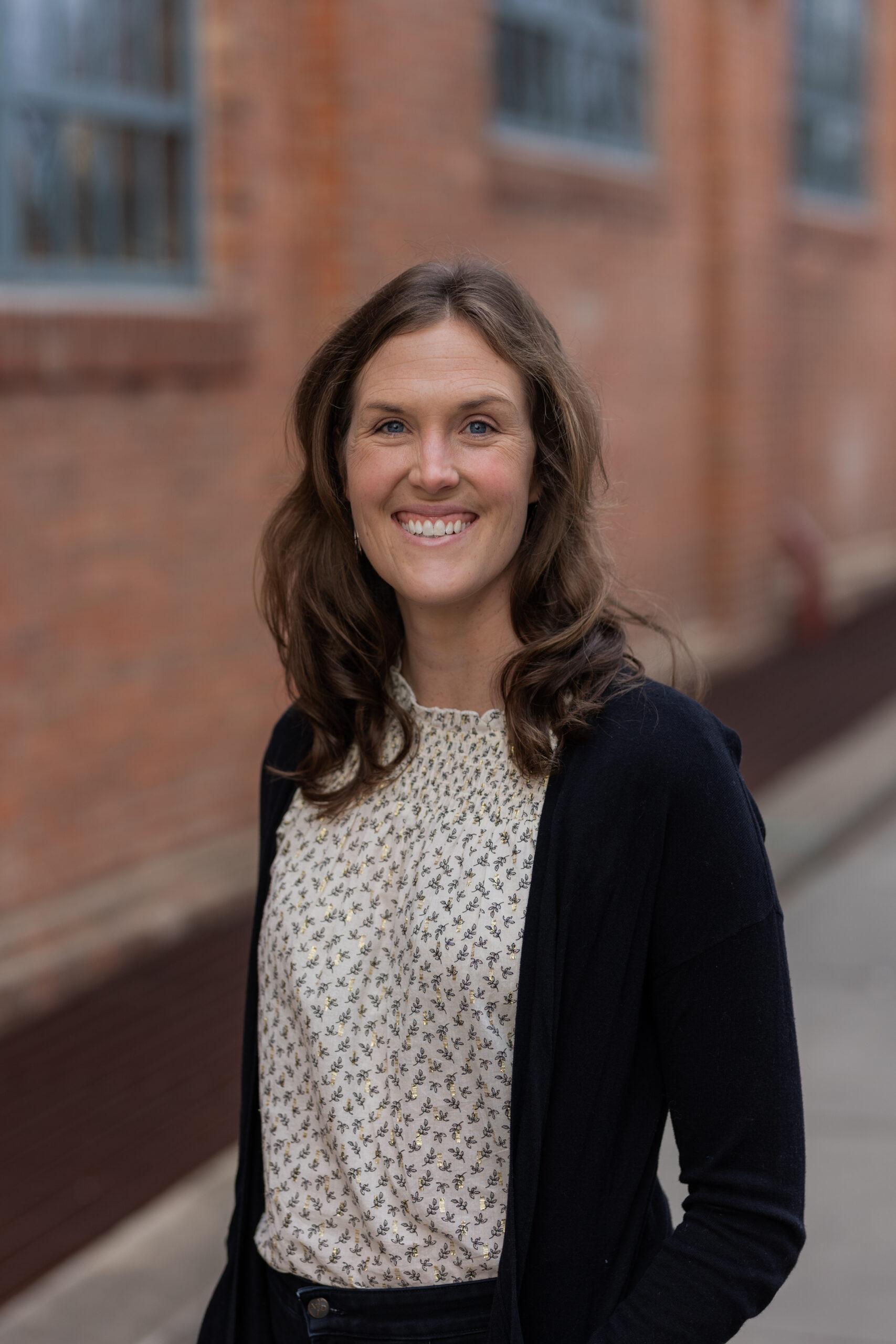Launching the Birth through Eight Strategy for Tulsa
The Birth through Eight Strategy for Tulsa (BEST) is a comprehensive, multicomponent initiative that focuses on child development and family engagement in the early years to help break the cycle of intergenerational poverty. Spearheaded by the George Kaiser Family Foundation (GKFF) in July 2017, BEST works with a wide network of public, non-profit, and philanthropic organizations to achieve four goals over a ten-year period. The purpose of this brief is to document the first year of implementation for BEST and is based on an ongoing implementation study conducted by Child Trends which includes interviews with GKFF staff and stakeholders involved with BEST.
Lessons Learned
Through interviews with partners and discussions with GKFF staff, Child Trends identified the following lessons learned in BEST’s first year.
1. Allow time for collaborative input to build complex components such as ConnectFirst, CHILD, and a shared leadership structure.
While GKFF was able to meet Year 1 milestones for each component, they found that gathering meaningful partner input took more time than initially envisioned.
- Partners who participated in design processes for ConnectFirst and CHILD valued the time they spent developing these new approaches. These partners described how their participation built enthusiasm for their future roles in implementing the strategies.
- Both ConnectFirst and CHILD partners found it effective to adopt a staged approach to designing these components. Advantages of the staged approach include built-in time to gather partner input and the opportunity to draw from lessons learned when planning future stages. Partners emphasized the importance of making sure everyone involved understands the timing and expectations for involvement in future stages.
- Partners also highlighted the importance of making sure that everyone understands their role throughout the collaborative planning process. Role clarification must be revisited throughout the planning process; in some cases, partners became less clear on how they would be involved in implementation as activities started to take shape in the design phase.
- ConnectFirst partners felt rushed in their work during the eight-month design process and recommended a full year as the optimal amount of time.
- The BEST managing director found it helpful to devote several months to solicit input from community leaders on effective structure and membership for the advisory committee. She met individually with prospective members prior to the first committee meeting. These meetings set the stage for members to start off their first full meeting with a deep discussion on committee values and norms, setting the stage for desired accomplishments in Year 2.
2. Find meaningful ways to involve families in planning and advisory roles.
Early on, ConnectFirst and CHILD stakeholders identified parents and caregivers as voices missing from group design meetings.
- GKFF addressed this concern by conducting a series of parent focus groups to provide feedback on a range of ConnectFirst design questions. These included traits that parents would like to see in family advocates, whom they trust for information to support their child’s development, and how they prefer to be contacted.
- In Year 2, CHILD will explore ways in which to engage parent and caregiver voices. Examples of how parents and caregivers can be engaged include obtaining their input on how to effectively communicate about the system with families.
- Community leaders and other partners with experience engaging families in advisory roles led GKFF to create a community liaison position, which will be responsible for seeking meaningful and diverse parent input on BEST and bringing these perspectives to advisory committee meetings. Eventually, GKFF envisions parents and caregivers will provide direct input to advisory committee members.
3. Take time to set the stage for system-wide continuous learning and improvement.
GKFF saw value in laying the groundwork for embedding continuous learning and improvement in several ways.
- In the first year, GKFF joined ImpactTulsa and MyHealth, the two partners that will lead the collaborative action networks, to develop a vision for continuous learning and improvement and establish roles for each of the shared leadership organizations in supporting this vision.
- GKFF, ImpactTulsa, and MyHealth verified that partners shared an understanding of the Evolutionary Learning Framework before forming the collaborative action networks. They also had the opportunity to learn from a subset of partners who piloted use of the framework, which guided refinements to Year 2 plans for leading the collaborative action networks.
- Program partners self-assessed their implementation practices and identified topics of interest for technical assistance. GKFF will use self-assessment results to develop targeted continuous learning and improvement opportunities in Year 2.
Download
© Copyright 2025 ChildTrendsPrivacy Statement
Newsletter SignupLinkedInYouTubeBlueskyInstagram

